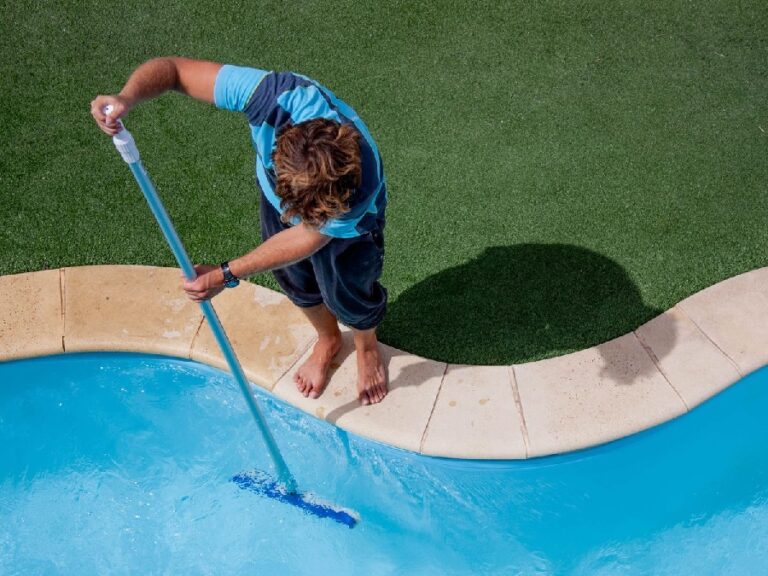The happiness and safety of swimmers depend on keeping the pool clean and healthy. Chlorine is a vital component of pool upkeep, but for it to be effective, it must be kept within the ideal range. It is where the chlorine test strips color chart comes in. An easy and practical approach to assess the chlorine levels in a pool or spa is to use a chlorine test strip color chart. This article will discuss the usage of chlorine test strips color charts, their significance in pool management, and how to utilize them.
What is it?
Chlorine test strips color charts are made of tiny paper strips covered with substances that change color depending on how much chlorine is present in the water. They are a quick and practical technique to determine the chlorine content of a pool or spa. The strips’ color changes depend on how much chlorine is present in the water; the colors match a chart that shows whether the chlorine level is too low, too high, or within a desirable range.
Interpretation of it
The color of the test strip must be compared to a color chart to interpret the findings of a chlorine test strip. A color chart is a visual tool that displays the color tones that correlate to chlorine concentration levels. Color charts for chlorine test strips often show a variety of hues that correspond to various chlorine concentrations, such as 0 ppm, 0.5 ppm, one ppm, two ppm, four ppm, and so on. The precise spectrum of colors and related chlorine levels may differ depending on the test strip’s maker.
Hold the test strip next to the color chart and contrast its hue with the hues there to evaluate the findings. The free chlorine level in the solution is indicated by the hue that most closely resembles the test strip. It is crucial to carefully match the test strip’s color to the color chart since even a tiny color discrepancy might result in erroneous readings.
How to utilize it?
Chlorine test strip color chart use is easy and uncomplicated. Here is a detailed instruction:
- A test strip should be removed from the container and briefly submerged in water.
- Shake off the excess water before removing the strip.
- Watch for the color to shift on the strip.
- Contrast the strip’s color with the table on the container.
- Based on the chart, adjust the chlorine levels as necessary.
It’s crucial to read the label and adhere to the manufacturer’s recommendations because different kinds of chlorine test strips’ color charts may have somewhat different instructions.
Conclusion
An essential tool for pool care is a chlorine test strips color chart. They enable pool owners to keep the right chlorine level in the water balanced, ensuring that swimming is safe and healthy. Pool owners may regulate the chlorine levels as necessary and stop the formation of dangerous germs and microorganisms by routinely evaluating the chlorine levels and utilizing a color chart. Purchasing a chlorine test strip color chart is a modest thing to pay for the comfort and delight of maintaining a clean and healthy pool.


Comments are closed.